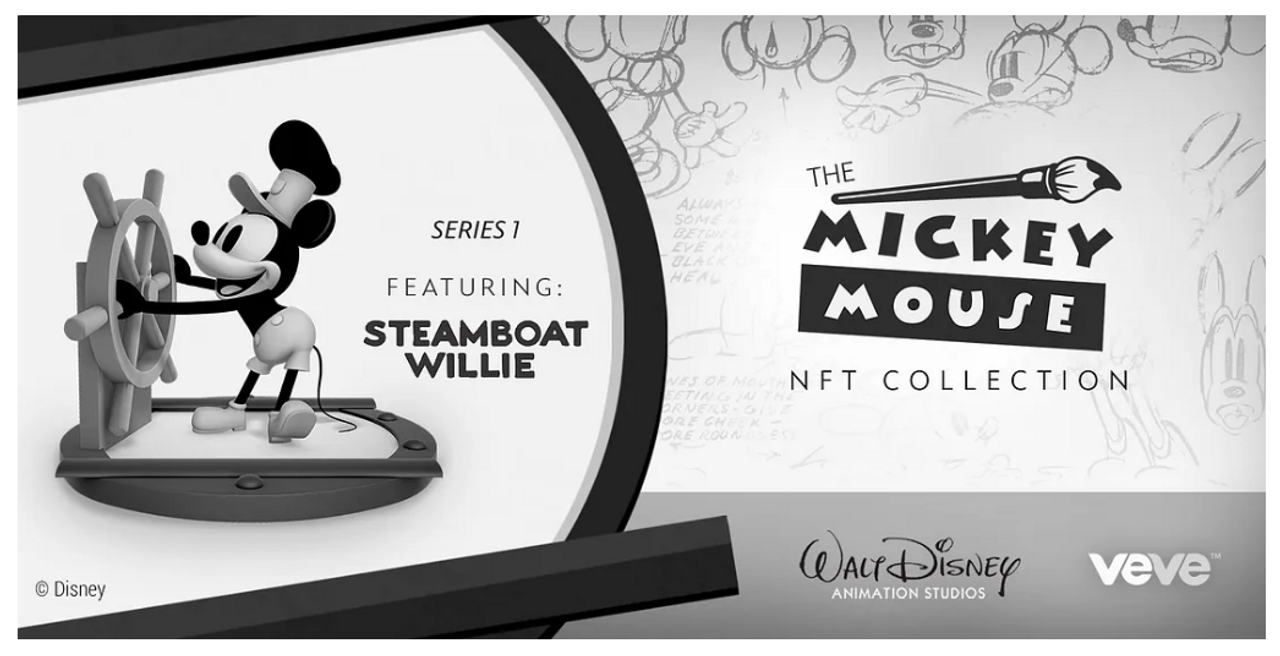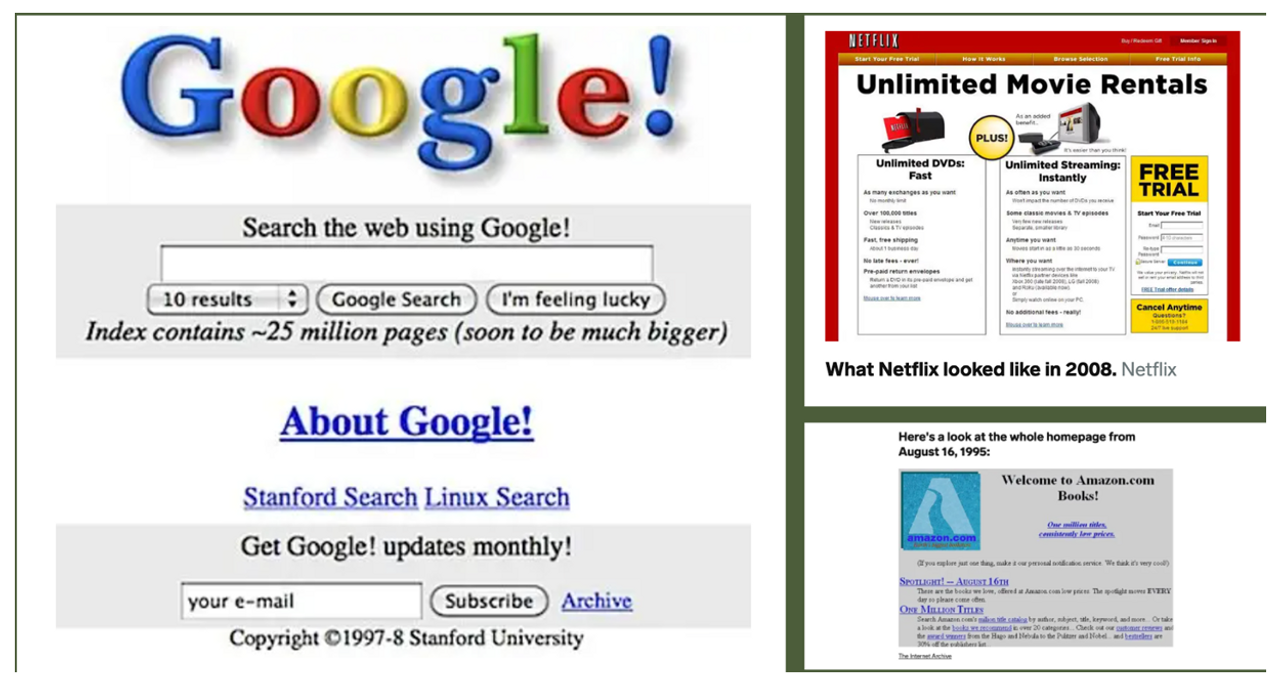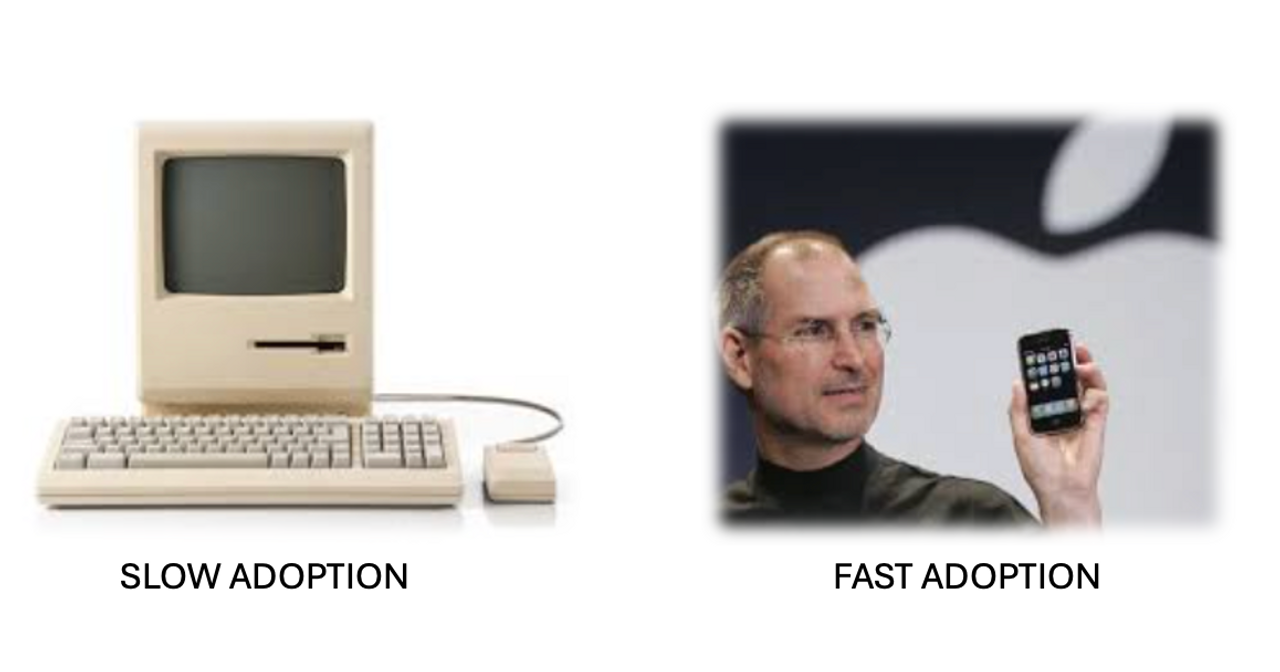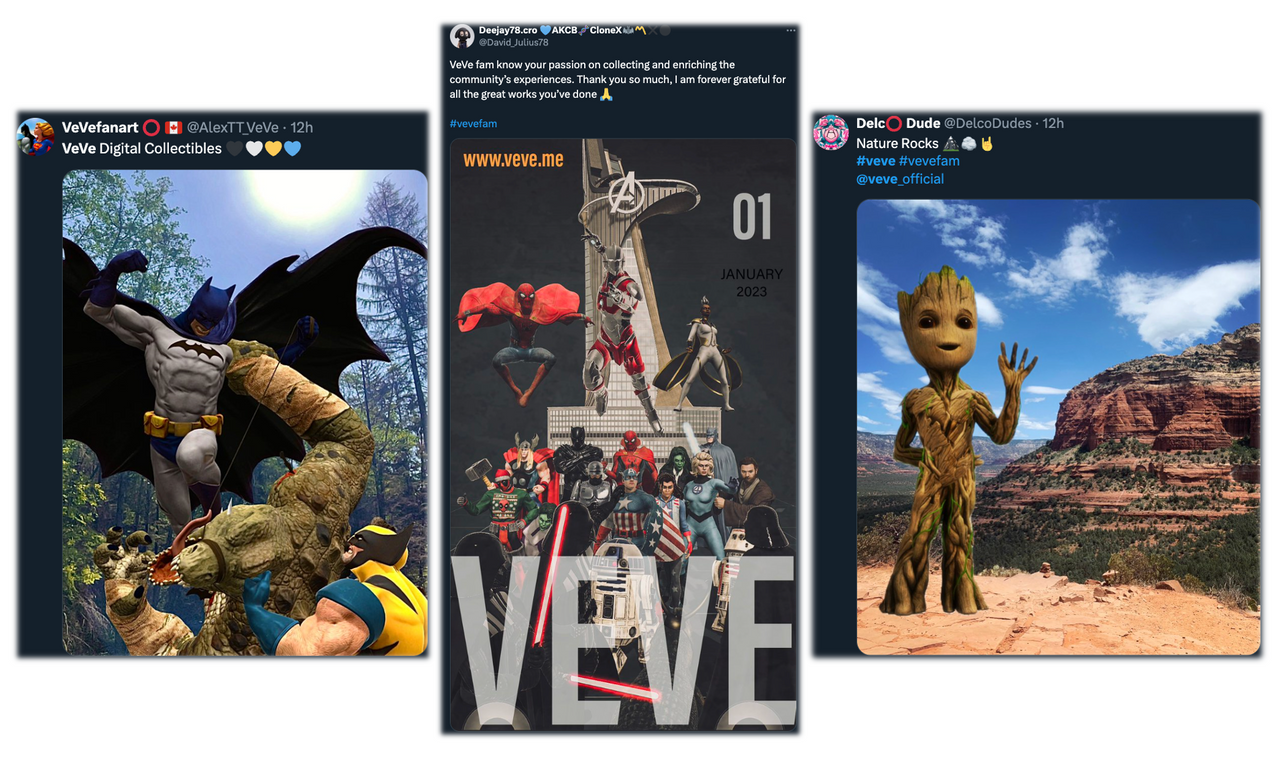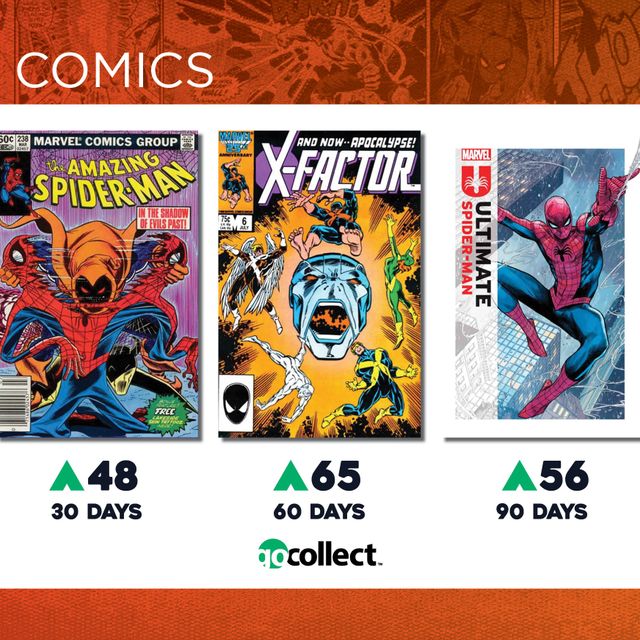"Crossing the Chasm"
A concept introduced by Geoffrey A. Moore in his 1991 book, describes the critical phase in the technology adoption lifecycle where new products must transition from innovators to early adopters, to the early majority. This transition is challenging because early adopters, driven by vision and excitement about new technology, differ significantly from the early majority, who are more pragmatic and concerned with practicality and reliability.
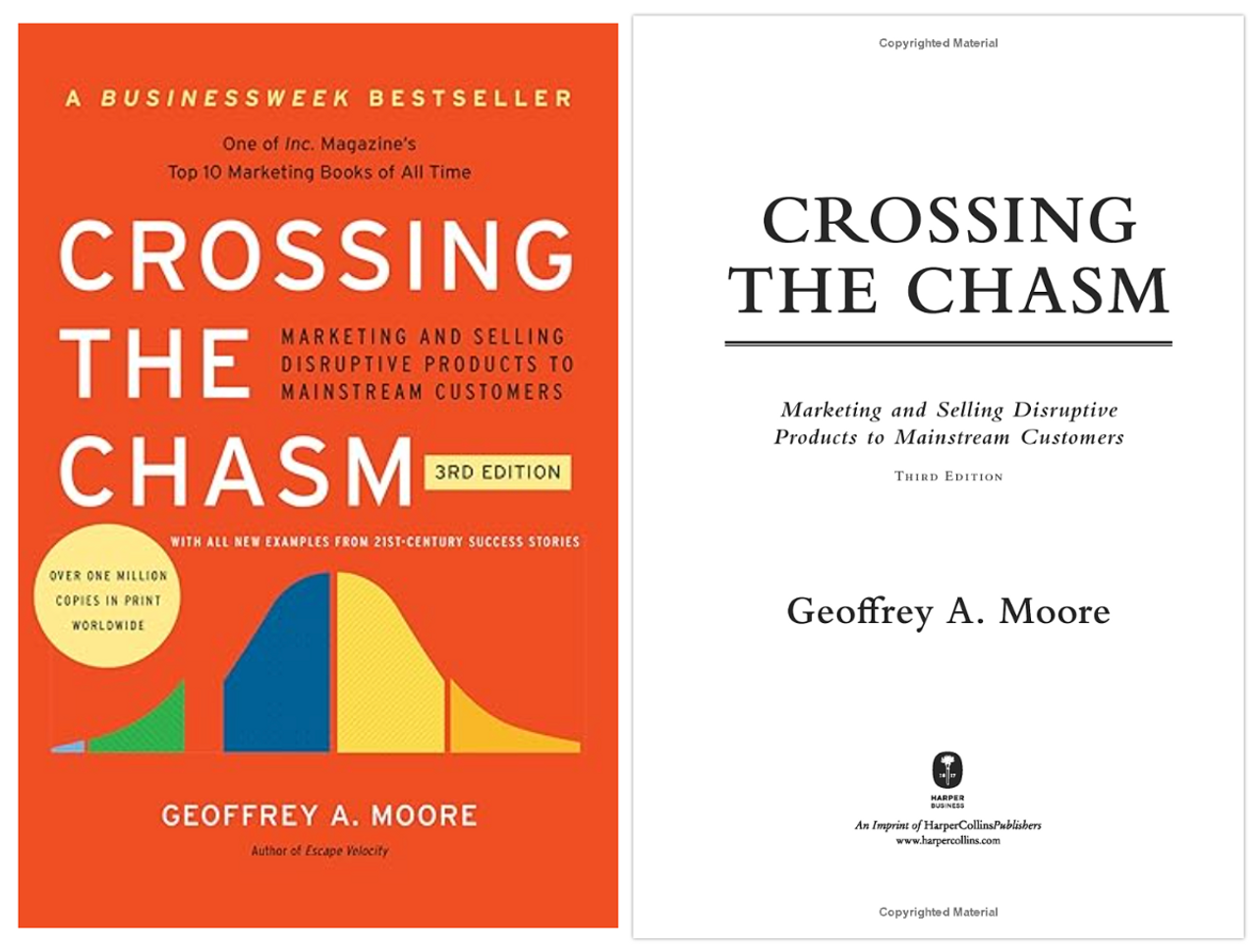
The digital collectibles industry, encompassing non-fungible tokens (NFTs), digital art, and blockchain-based assets, finds itself at a pivotal moment akin to the chasm described by Moore. Initially fueled by tech enthusiasts, artists, and speculators, the industry now faces the challenge of appealing to a broader, more mainstream audience, and the MOONBOI vs. FUDDERS action is heating up!
TECHNOLOGY ADOPTION LIFE CYCLE EXPLAINED
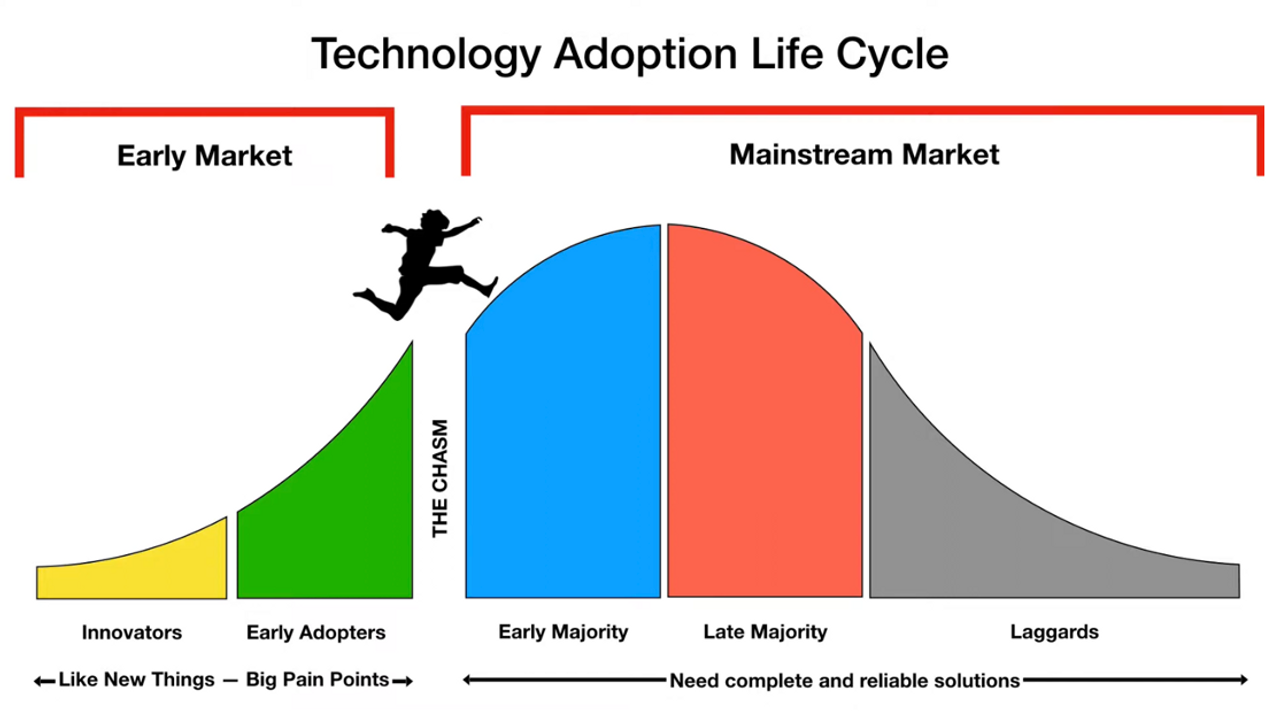
The Early Market Phase
The digital assets (NFT) industry experienced an explosive early market phase. New Web3 platforms like Ethereum enabled the creation and exchange of NFTs, capturing the imagination of artists, gamers, and collectors alike. Projects like Crypto Kitties, NBA Top Shot, and Bored Ape Yacht Club gained significant traction among early adopters, sending some valuations into the stratosphere.
VeVe's Digital Collectibles platform (web & mobile apps, also available in the Apple & Google App Stores) further appealed to the early market based on its very extensive list of incredible brand IP, or Intellectual Property with the likes of Disney, Star Wars, Lucasfilm, Marvel, DC, Universal and many well-known artists such as Todd McFarlane or Ron English. These brands would have obviously done their due diligence & legal homework, then accepted partnerships in this brand new asset class. And let's be real here...EVERYONE knows who Mickey Mouse is and any Disney collector who's ever said they collect Disney, knows STEAMBOAT WILLEY.
If we needed a perfect example of bridging historical IP to an early market creation, this is it. From his first animated appearance in 1928, to a 1st-ever, blockchain minted 3D, fully animated, audio-enabled digital collectible dropped by Disney & VeVe on December 20, 2021, roughly 93 years after his creation, speculators surged in. The Ultra Rare variant release price of $60 US quickly spiked a month later to an aftermarket floor price of over $10,000 - a 16,567% increase.
Early users of these platforms were likley attracted by the novelty of digital ownership, the potential for high returns, and the alignment with the broader cryptocurrency ecosystem. Every once in a while, we sometimes stumble across the NEXT BIG THING, if you're paying attention, and that's enticing enough for many to leap early!
Some, like your modest writer, found the parallels to a life-lived through digital transformation too enticing to ignore, akin to going back in time to re-experience the launch of brands so embedded in our lives today like Amazon, Google, Netflix…and it HAS been exciting! We've definitely come a LONG WAY from the likes of what we used to endure for a little browsing time, right?!?
During this Early Market phase, we saw rapid innovation, but also volatility. Prices for NFTs soared everywhere, leading to media hype and another surge in the user base. However, the market's speculative nature and sometimes high entry barriers (generally requiring technical know-how and ability to handle higher investment risks) kept it within the general domain of these early adopters. We in the digital space (I've worked in digital media for over 20 years) have heard it all when it comes to launching Digital Anything- "toys for nerds, only geeks get this, too techie for me, never gonna last...Internet Shminternet...What's a GOOGLE?"
You get the point.
Global macro conditions, rising inflation and the narrative of ‘yup, we hit another dot-com-bubble’ have in some cases, sank early gains & wins, although watching some collectible items, the market for key editions & ‘blue chip grails’ is thriving.
THE CHASM CHALLENGE ARRIVES
As the digital collecting space seeks to move beyond its critically important early adopters, it now encounters THE CHASM. This phase now requires convincing the EARLY MAJORITY: practical, no-nonsense users who prioritize ease of use, utility, and reliability over novelty. Further, the Early Majority is much more risk-averse and skeptical of unproven technologies.
Factors Contributing to the Digital Collectible Industry’s Struggle to Cross the Chasm:
Complexity & Usability: Many NFT platforms are still pretty complex, requiring users to navigate cryptocurrency wallets, gas fees, cryptocurrencies and decentralized exchanges. Simplifying the user experience is crucial for attracting the early majority. Even though many platforms like VeVe, Candy, Cryptoys, NHL Breakaway and so on are very simple for non-crypto / non-techies to use, allowing users access with Apple Pay or credit card, the original stigma created by uninformed mainstream media has left a negative stigma that will take some time to move past.
Value Propositions: Early adopters are often motivated to jump into scenes as early as possible, where if their presumptions are correct, can realise high returns before the assets gain popularity or rise in value. The early majority though, needs clear, tangible benefits...or "proof" before signing up, while being A-OK risking some potential early gains in return. This could include practical applications of digital assets such as gaming or renting use, loyalty and reward programs, digital identity and more.
** I think this is where Yours Truly falls in. Despite that digital career, upon first hearing about "NFTS" and the VeVe app, it took me over a month until I first downloaded it. It took another 4-5 months until making my first purchase (a lovely James Bond Digital Poster pair from No Time to Die) while I put MANY MANY hours into research, videos, watching drops...DAMN I wish I'd gone in earlier, but then again, I learned to follow a strategy that subsequently has worked out really well for my collecting journey!https://www.jamesbondlifestyle.com/news/exclusive-james-bond-digital-collectible-posters-veve
Regulatory Uncertainty: The lack of clear regulations around digital assets created uncertainty for many mainstream users. At first, Gary Gensler’s move to the SEC from a career that had taught MIT students about Bitcoin and a role at Goldman Sachs, was very well-received. However, this quickly turned to turmoil as he & Janet Yellen began aggressive stances against the crypto industry, bolstered by connections within many mainstream media publications. Yet, as governments worldwide are now quickly developing frameworks for digital asset use cases, regulatory clarity & approvals should help boost Early Majority confidence.
Scalability and Environmental Concerns: Issues like high transaction fees and the environmental impact of blockchain technology’s energy use requirements (especially Proof-of-Work systems) can deter pragmatic or skeptical users. Innovations like Layer 2 solutions and Proof-of-Stake consensus mechanisms are vital for addressing these concerns.
Pricing Issues: In some cases, even prices of the assets themselves can impact chasm-crossing. When NFTs prices moon-shot in their early days, it priced a wide number of early adopters out, or left many to feel they simply ‘missed the boat.’ Conversely, as has been so clear during this past/current bear market cycle, plummeting values of these assets cause many to feel the ‘fad’ has ended, the game is up and there’s no point entering the space or potentially worse, selling off assets for loss to simply walk away…
Crossing the Chasm: Strategies for Success
To successfully cross the chasm, the digital collectibles industry must adopt strategies that address the concerns of the early majority:
Enhance User Experiences: Platforms should focus on intuitive interfaces, seamless integration with traditional financial systems, fully functioning apps with no lag time, and reducing the technical complexity of transactions. NHL Breakaway placed QR codes on TV commercials during the 2024 NHL playoffs whisking users directly into their NFT platform where ‘live action’ moments could be purchased. Cryptoys, with its Licensed Star Wars IP for instance, has a very fun crafting mechanism that is enjoyable to watch as your purchased item is created before your eyes, while VeVe has plans for a deeply engaging fan metaverse environment, dubbed “the VeVeVerse” that has long-term visionaries and enthusiasts well, enthused.
Check 'em out @ https://cryptoys.com/ or https://nhlbreakaway.com/
Building Trust and Credibility: Partnerships with established brands, transparency in operations, and adherence to regulatory standards can certainly enhance credibility. It would be rare for brands the size of Disney, Coca-Cola, Lamborghini & BlackPink to purposely harm their fans financially, or not perform extensive market and legal research prior to entry, so their participation is important to reach a wider audience base who have also grown with them over the years.
Years ago, it became important for a business to choose the right credit card(s) to partner with & offer their customers, as certain cards had weak usage or protection. If you recall, websites too became more ‘secure,’ with HTTPS:// domains clearly labelled, which is now seeing KYC (Know-Your-Customer) requirements or cryptocurrency platforms like Ethereum being the main (Layer 1) platform developers use to build our new transactional applications upon. The Canadian & US Governments, among many now, approving Ethereum ETFs is a major step towards opening awareness to the industry, trust and credibility to grow from.Showcasing Practical Use Cases: Highlighting real-world applications and success stories can demonstrate the practical benefits of digital collectibles. For instance, use within video games for rewards, digital identity verification, and exclusive access tokens can illustrate utility. As is so often seen in the massive VeVe community (around 300,000 fans on X alone), owners embed their digital assets into stunning photographs or animated experiences that clearly visualize how the more artistically-inclined use these platforms for their own value. The ability for artists to showcase talents in new, digital formats is heating up fast too!
Environmental Responsibility: Emphasizing eco-friendly technologies and practices can alleviate environmental concerns, making the industry more palatable to a broader audience. There are many articles & videos now available that go deep into how much more ‘green’ these forms of assets are, which require no plastics, garbage, recycling, storage or even high physical production costs that you can look up anytime, or check out this great write up from VeVe on just how green their assets are: https://blog.veve.me/post/nft-dirty-word-or-clean-technology
For instance, gold has always been a nice asset, but the amount of energy required to geologically find it, dig it out of the ground, process it, distribute then package it carries enormously high environmental costs. So, this issue is definitely a big one…Education. Look, I get it. This “NFT THING” came out of nowhere. Crypto 'meme' coins like dogwifhats are more exciting today than gold coins (or the gold chocolate coins many restaurants give out). There is real, legitimate fear digital assets pose a threat to physical ones. People have been REKT, RUGGED & RANSACKED hard, often just for not understanding the game they were playing, or the risks, but it contributes to skepticism. It makes that chasm look REALLY, REALLY WIDE.
Yet, there are those that are succeeding, enjoying utility, community, revenue generation and long-term success plans. The platforms do owe it to their users to be crystal clear about what these assets are, their risks, their ownership rights, and their potential. It’s important to remember also that humans-are-going-to-human. We’re emotional, and social media has made us accessible. So, if you are truly interested in this exciting new space, and wish to leap across THE CHASM, it’s important that you investigate the details, understand what you are venturing into and be safe with your decisions.
I'm also a big believer that the brands themselves need to be at the forefront of education. Explaining their products, moderating fandoms, protecting their IP if necessary, but definitely helping guide new users or those less technically trained, who just want in on the fun of collecting in a brand new format. For instance, here is a great starter video from industry leaders, VeVe: WHAT IS VEVE? https://www.youtube.com/watch?v=PoPrxR0Z
WHERE TO NOW, BOSS?
We're overlooking the edge of this chasm and its potential to revolutionize ownership, trust and transactions in our digital and A.I. age. By addressing usability, providing clear value, ensuring regulatory compliance, and adopting sustainable practices, the industry can, and I absolutely (albeit humbly) believe will appeal to the Early Majority and achieve widespread adoption.
I've said it before - my belief is that the 'underlying technology' will become so seamless, easy & carefree most won't even realise what happens underneath the systems we will enjoy. If you want to have some fun looking back on all the WORST TECH PREDICTIONS OF ALL TIME, like..."1995: "I predict the Internet will soon go spectacularly supernova and in 1996 catastrophically collapse." (Robert Metcalfe, founder of 3Com.) this article on FORBES is for you:
https://www.forbes.com/sites/robertszczerba/2015/01/05/15-worst-tech-predictions-of-all-time/
Sometimes, knowing where we've been is a pretty good reminder of what we've yet to cross...
The leap across the chasm is challenging and often considered worthless by some, but ultimately essential for the maturation and long-term success of the space. We have all seen examples before too. For example, we leaped into E-Readers, E-Commerce & Bitcoin ETFs. Damn, the 1st MOBILE BANKING APP didn't show up until 2007...and look at banking now. We are going to see this again, if not already. And who really knows? Maybe, we're about to see...
Thanks for Reading!

